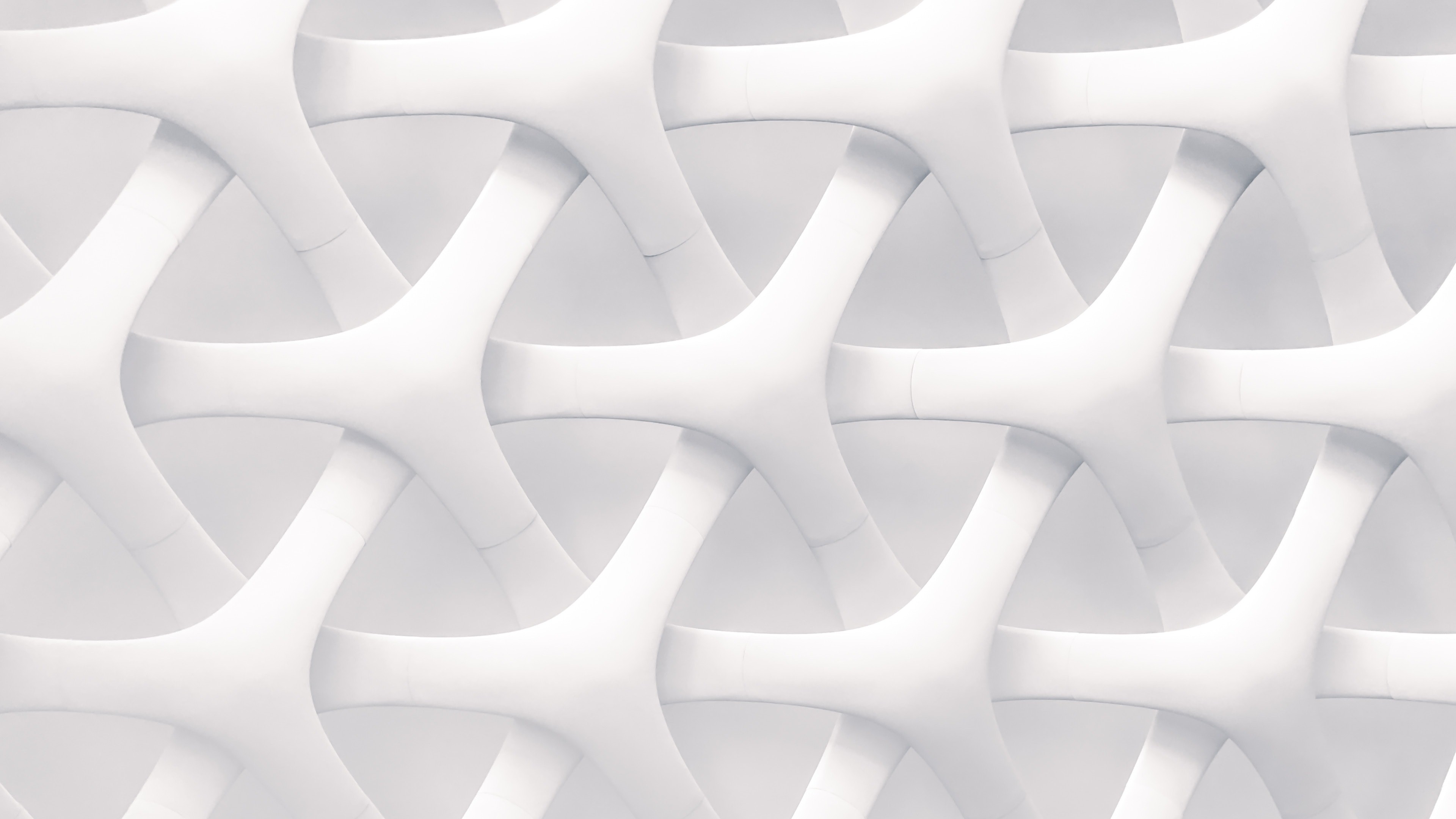Pál Száz
IN: Partitúra Irodalomtudományi folyóirat, Volume XIV. , Issue 2, 2019, p. 37-64. , ISSN 1336-7307
DOI: 10.17846/PA.2019.14.2.37-64
Abstract:
This paper is partial outcome of the research of generically heterogeneous corpus of texts written about Bosnia-Hercegovina during the Austro-Hungarian rule (1878–1918) in non-German (which means less hegemonic) languages – so in Hungarian and Czech. This study examines the heterotopia of the cemetery, more precisely, the description and view of the Muslim cemeteries in Sarajevo within the mentioned corpus. As Michel Foucault pointed out, the heteropia is constructed by culture, these descriptions are thematizing not only spacial experience but also the meeting with the other culture. These hetero-images can be found in the ethnographic work of Adolf Strausz and the travelogue Růžena Svobodová, which are compared with the similar descriptions of the domestic authors, so the self-images in the travel writings of Ivo Andrić and one article of Husein Tahmiščić.
Keywords: Bosnia and Herzegovina, South-Slavic literature, imagology, heterotopia

